By J. DeVoy
The Securities and Exchange Commission has filed a civil suit against Goldman Sachs and one of its employees, Fabrice Tourre, for securities fraud. The complaint revolves around Goldman’s alleged misrepresentations about the quality of loans underlying a collateralized debt obligation (CDO). Paragraph five summarizes the consequences neatly:
The deal closed on April 26, 2007. Paulson paid GS&Co approximately $15 million for structuring and marketing ABACUS 2007-AC1. By October 24, 2007, 83% of the RMBS in the ABACUS 2007-AC1 portfolio had been downgraded and 17% were on negative watch. By January 29, 2008, 99% of the portfolio had been downgraded. As a result, investors in the ABACUS 2007-AC1 CDO lost over $1 billion. Paulson’s opposite CDS positions yielded a profit of approximately $1 billion for Paulson.
Despite this, though, Moody’s and Standard & Poors rated the class A-1 and A-2 notes for this deal near the top of the reliability spectrum. This is described in paragraph 58.
ABACUS 2007-AC1 closed on or about April 26, 2007. IKB bought $50 million worth of Class A-1 notes at face value. The Class A-1 Notes paid a variable interest rate equal to LIBOR plus 85 basis points and were rated Aaa by Moody’s Investors Services, Inc. (“Moody’s”) and AAA by Standard & Poor’s Ratings & Services (“S&P”). IKB bought $100 million worth of Class A-2 Notes at face value. The Class A-2 Notes paid a variable interest rate equal to LIBOR plus 110 basis points and were rated Aaa by Moody’s and AAA by S&P.
Shortly thereafter, the notes became worthless.
Going back to the transaction that instigated this suit, Goldman created and marketed the CDO for $15 million. A substantial sum of money to be sure, but something that could have easily been foregone by the banking titan. In the halcyon days of the housing bubble, Goldman’s bonuses to top producers were factors of that sum.
It’s unlikely that Goldman Sachs would have walked into litigation where the SEC seeks disgorgement of profits, fines and an injunction over a relatively measly $15 million. The sale of shares in the CDO could have resulted in greater upside for Goldman, but this is just one of dozens, if not hundreds, of similar deals being made on Wall Street at the time.
A number of reasons for this action come to mind. First, collateral estoppel. If the SEC can get favorable rulings or a fat settlement out of Goldman, it can use them as leverage in future suits against the bank and other financial entities. The specter of a potential lawsuit will chasten other banks and potentially even bring them to the table to avoid future litigation, especially as this mornings news has already sunk Goldman’s stock price (ticker symbol GS) 10%. For executives and employees with much of their compensation tied up in stock options, as was the case at Bear Stearns, the fallout from this event poses a significant risk. There is the rage of populism, which spilled over at yesterday’s nationwide Tea Parties. Though these people cannot quite articulate what Wall Street and, specifically, Goldman Sachs do, they’re mad as hell to see the financial sector enriched as the traditional economy crumbles. Though the SEC has more independence than other agencies, the Commission’s actions are ultimately imputed back to the President, and it’s good press to go after The Great Satan of high finance.

